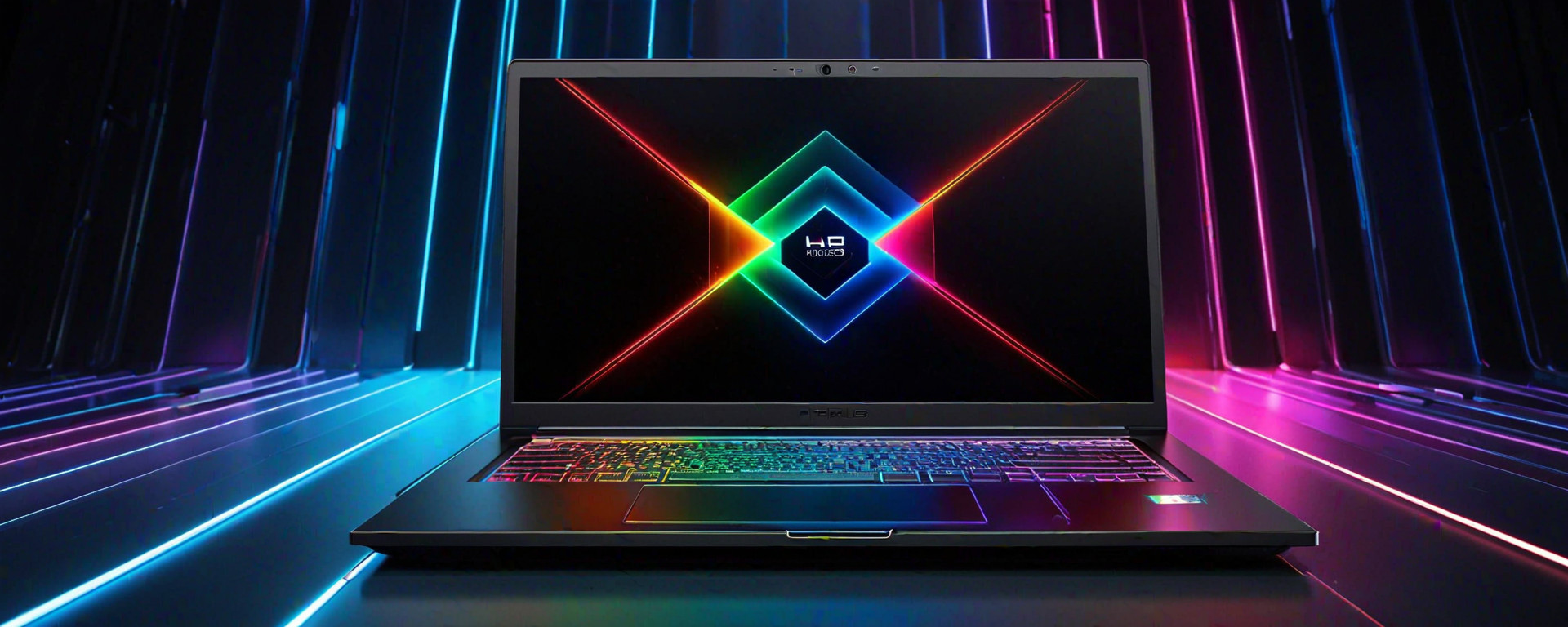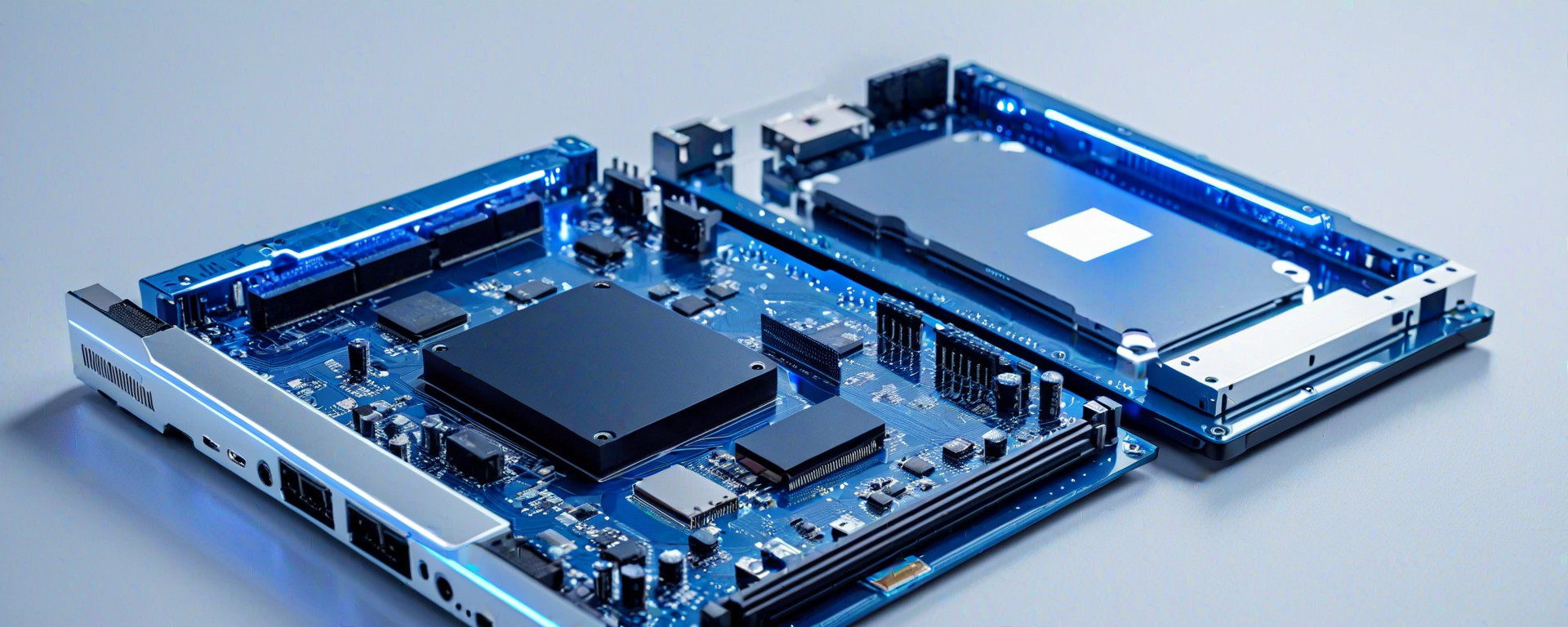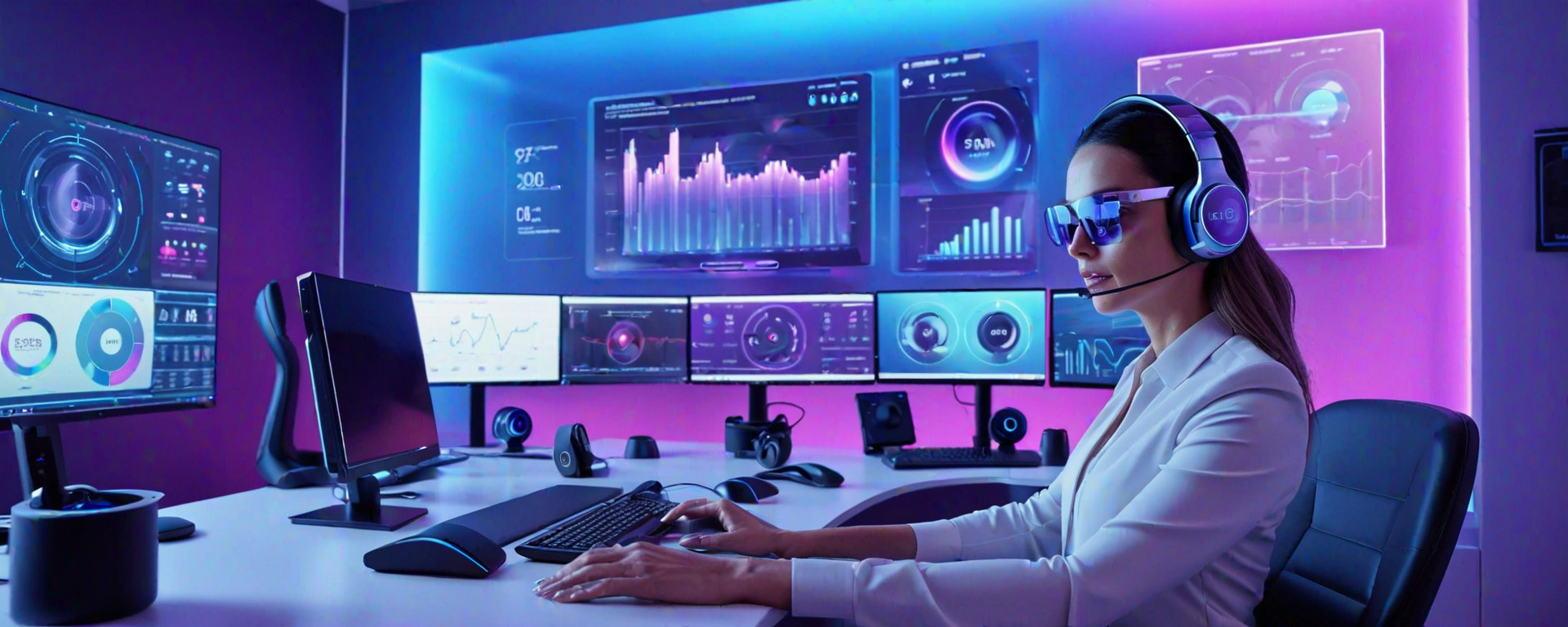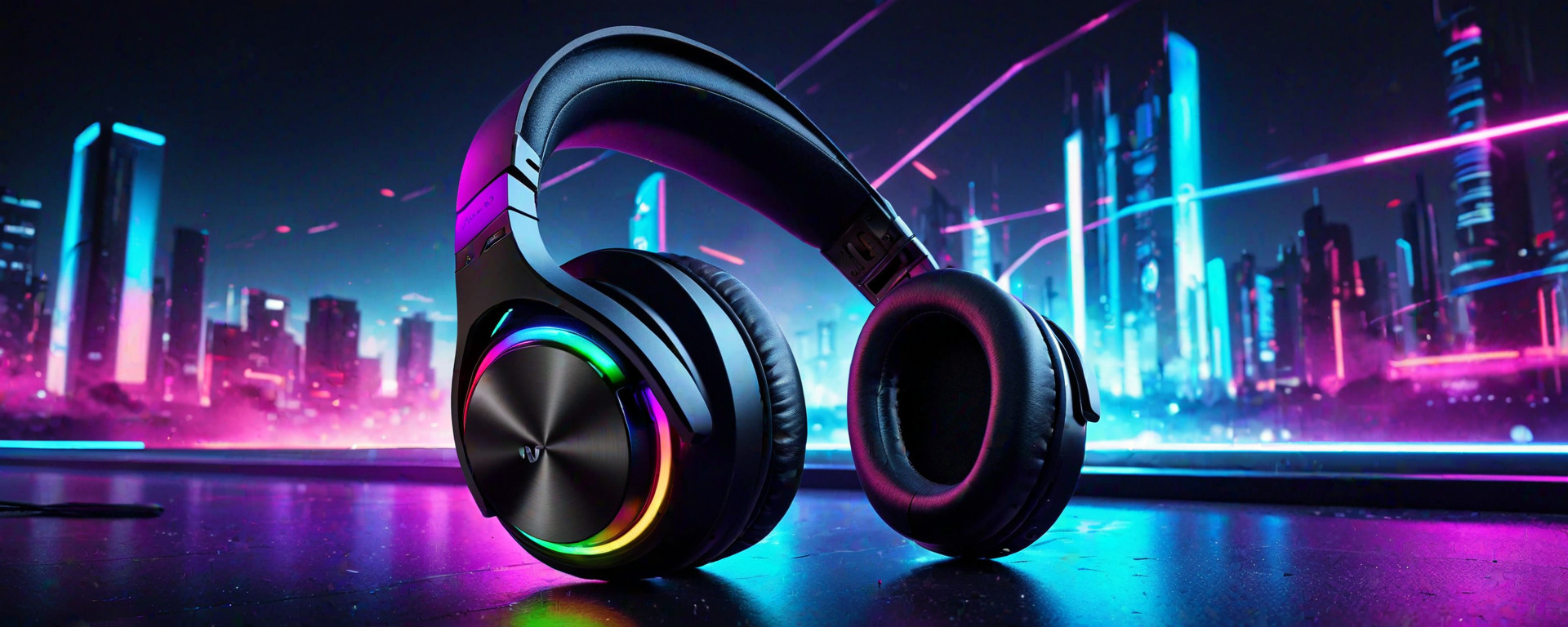Introduction to Ultimate Productivity Laptops
The era of remote work has seen an unprecedented surge in demand for laptops that not only offer portability but also unparalleled performance and functionality. The concept of ultimate productivity laptops revolves around devices that are designed with professional users in mind, offering a blend of powerful hardware, sleek design, and robust software features to maximize efficiency and effectiveness.
These laptops cater to professionals such as graphic designers, developers, data scientists, and multimedia producers who require high-performance computing capabilities on the go. The need for superior performance extends beyond basic office tasks; it encompasses complex applications like video editing, 3D rendering, software development, and large-scale database management.
In this comprehensive review, we delve into the key features that define a productivity powerhouse, providing insights into how these laptops enhance efficiency and user experience. We will explore various aspects including design, display quality, hardware specifications, software capabilities, battery life, connectivity options, and real-world usage scenarios to give you an in-depth understanding of what sets these laptops apart.
Design & Build Quality
The physical dimensions, weight, and materials used in constructing a laptop play significant roles in user comfort and durability. A well-designed productivity laptop should strike a balance between portability and robustness to cater to the needs of professionals who require reliable equipment for their demanding workloads.
Physical Dimensions & Weight
For professionals who travel frequently or need to move around offices, carrying a heavy device can be cumbersome. The ideal productivity laptop should weigh no more than 4 pounds and have dimensions that allow it to fit comfortably in a backpack or briefcase. For instance, the ASUS ProArt StudioBook Pro W weighs approximately 4 pounds and measures around 15 inches in size, making it portable yet powerful.
Materials & Durability
The use of high-quality materials such as magnesium alloy or carbon fiber enhances the durability and aesthetics of a laptop. These materials not only provide robust protection against accidental drops but also contribute to the device's sleek look. The Dell XPS 15 is a prime example, featuring a magnesium alloy chassis that not only offers durability but also keeps the laptop lightweight.
Display Quality
A high-quality display is crucial for productivity tasks such as photo editing, video rendering, and detailed design work. The screen should offer sharp resolution, wide color gamut, and accurate color reproduction to ensure optimal visual fidelity.
Resolution & Pixel Density
The minimum acceptable resolution for a productivity laptop is Full HD (1920x1080), but professionals often prefer higher resolutions like QHD or 4K. A higher pixel density provides sharper text and images, making the display more comfortable to look at over extended periods.
Color Gamut & Accuracy
The color gamut supported by a laptop’s display is another critical factor for creative professionals. The Adobe RGB color space, which covers approximately 50% of the visible spectrum, is widely used in graphic design and photography. Laptops such as the MSI Pro AP12 offer support for Adobe RGB, ensuring that colors are accurately represented.
Hardware Specifications
The heart of any productivity laptop lies in its hardware components. A robust processor, ample RAM, and high-capacity storage form the foundation upon which other features like graphics capabilities, connectivity options, and battery life depend.
Processors & Cores
A powerful CPU is essential for handling multitasking and running demanding applications smoothly. Intel Core i7 processors or AMD Ryzen 7 series are preferred choices due to their superior performance and energy efficiency. The Intel Core i7-10750H and the AMD Ryzen 7 4800H both deliver exceptional performance with their six cores, making them ideal for multitasking.
RAM & Storage
Sufficient RAM and storage capacity are crucial for maintaining system responsiveness and enabling quick access to frequently used files. A minimum of 16GB of RAM is recommended for productivity tasks, while SSDs provide faster data transfer speeds compared to traditional HDDs. The HP EliteBook x360 G7 offers up to 1TB of SSD storage and supports up to 32GB of RAM, ensuring quick boot times and efficient multitasking.
Software Capabilities & User Interface
The software ecosystem of a productivity laptop should support various applications and provide an intuitive user interface for enhanced productivity. Customization options such as the ability to adjust keyboard backlighting or enable touch capabilities add to the overall usability.
Operating System & Compatibility
A reliable operating system is crucial, with Windows 10 Pro being a preferred choice due to its robust security features and compatibility with business applications. The Windows 10 Pro version offers additional functionalities such as remote desktop access, BitLocker encryption, and Group Policy management.
User Interface & Customization
The user interface should be sleek and easy to navigate. The ability to customize settings like keyboard backlighting or enable touch capabilities enhances the overall user experience. For example, the Dell XPS 15 allows users to adjust keyboard backlighting through its BIOS settings.
Battery Life & Connectivity Options
Adequate battery life ensures that the laptop remains functional throughout the day without requiring frequent charging. Additionally, a variety of connectivity options such as USB ports, HDMI output, and Wi-Fi support are necessary for seamless integration into different work environments.
Battery Capacity & Life
The battery should last at least 8 hours under normal usage conditions to ensure that the laptop remains functional throughout the day without requiring frequent recharging. For instance, the AORUS A17 X9 offers a battery capacity of 82Whr, providing up to 9 hours of runtime under standard workloads.
Connectivity Options & Expansion Slots
A range of connectivity options such as USB-C ports, Thunderbolt 4, HDMI output, and Wi-Fi support ensures that the laptop can be easily connected to external devices or display monitors. The Apple MacBook Pro features a variety of ports including four Thunderbolt 3 (USB-C) ports, two USB-A ports, an HDMI port, and an SDXC card slot.
Price & Value for Money
The cost-effectiveness of a productivity laptop depends on the balance between its features and price. A higher-end model might offer superior performance but may not justify the additional expense if similar capabilities are available at a lower price point.
Pricing Analysis
Comparing laptops with similar specifications can help determine which one offers better value for money. For example, the HP EliteBook x360 G7 and the ASUS ProArt StudioBook W both offer powerful hardware configurations but vary in price based on additional features like touchscreens or stylus support.
Conclusion
A productivity laptop should combine robust performance with user-friendly design and extended battery life. By considering factors such as display quality, hardware specifications, software capabilities, connectivity options, and overall value for money, one can choose a device that meets their specific needs while providing long-term reliability.



